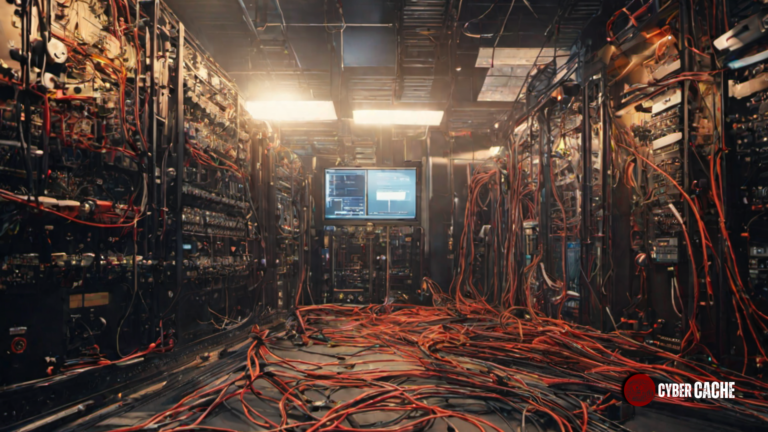The Grave Dangers of APTs and Cyberattacks on Organizations with Critical Infrastructure

Estimated Reading Time: 3 minutes
Critical Infrastructure is the backbone of any nation’s economy, security, and health. From the electricity that powers our homes and businesses to the water supply, transportation networks, and communication systems, these indispensable assets, if compromised, can have dire consequences. In the digital age, hackers, especially Advanced Persistent Threats (APTs), pose significant dangers to these vital infrastructures. This article delves into the threats they pose and why organizations need to be more vigilant than ever.
Introduction

1. Understanding APTs
APTs refer to prolonged and targeted cyber-attacks where hackers gain unauthorized access to an organization’s network and remain undetected for extended periods. Unlike ordinary cybercriminals, APT groups are often backed by nation-states or large criminal organizations, equipped with vast resources, expertise, and the patience to execute complex and sophisticated attacks.
2. Dangers to Critical Infrastructure
Disruption of Essential Services: A successful attack can lead to the shutdown of crucial services. Imagine a city without electricity or safe drinking water for days or even weeks. The ripple effects would impact hospitals, transportation, businesses, and homes, leading to both economic and human losses.
Financial Impacts: Restoring compromised systems and mitigating the effects of an APT attack can cost billions. Moreover, the loss of consumer trust can lead to significant long-term financial consequences.
Data Breaches: Many critical infrastructure sectors hold vast amounts of sensitive data. A successful breach can lead to the exposure of personal data of millions of citizens, trade secrets, or national security information.
Physical Threats: Compromising infrastructure like nuclear plants or chemical factories can lead to real-world damages, potential loss of life, and environmental disasters.
3. High-Profile Cases
- Stuxnet: Perhaps the most infamous case, Stuxnet was a malicious computer worm discovered in 2010. It was believed to have been created by US and Israeli intelligence. It targeted Iran’s nuclear facilities, causing significant disruption to their nuclear program.
- Ukraine Power Grid Attack: In December 2015, a cyberattack left parts of Ukraine without electricity. It was a well-coordinated attack by hackers who used malware to target the power grid’s systems.
4. Prevention and Mitigation
It’s evident that the stakes are exceptionally high. Organizations responsible for critical infrastructure must:
Regularly Update Systems: Infrastructure often relies on outdated systems. Regular updates and patching are vital to protect against known vulnerabilities.
Employee Training: Many breaches occur due to human errors or oversights. Continuous employee training on the latest cybersecurity threats and best practices is crucial.
Invest in Advanced Security Tools: Employ advanced detection systems that utilize artificial intelligence and machine learning to detect unusual patterns and behaviors.
Incident Response Plans: Have a well-detailed and practiced incident response plan. When an attack happens, time is of the essence, and knowing exactly what to do can make all the difference.
Conclusion
The threats posed by APTs and other cyber attackers to critical infrastructure are not just about data theft or financial loss. They encompass national security, public safety, and the very fabric of society. As the lines between the digital world and physical infrastructure continue to blur, the necessity for robust cybersecurity measures has never been more urgent.

